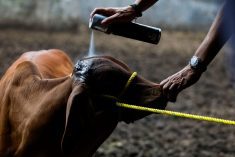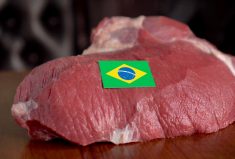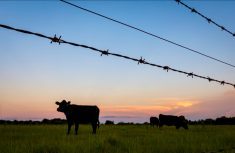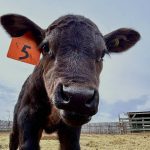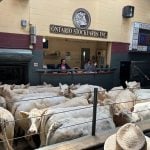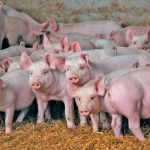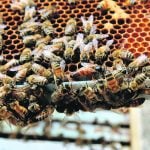The Ontario government’s moves to wean the province’s horse racetracks off slot machine revenue now include a pledge to make room within the province’s gaming strategy for the racing sector.
The province on Friday announced it’s reached tentative agreements on transition funding for Clinton Raceway, Hanover Raceway, Grand River Raceway at Elora and The Raceway at the Western Fair District in London.
"We continue to work on transition funding agreements with other tracks while we work with the sector on a new market-driven model that works for the industry and is good public policy," Premier Kathleen Wynne, in her role as agriculture minister, said in a release.
Read Also
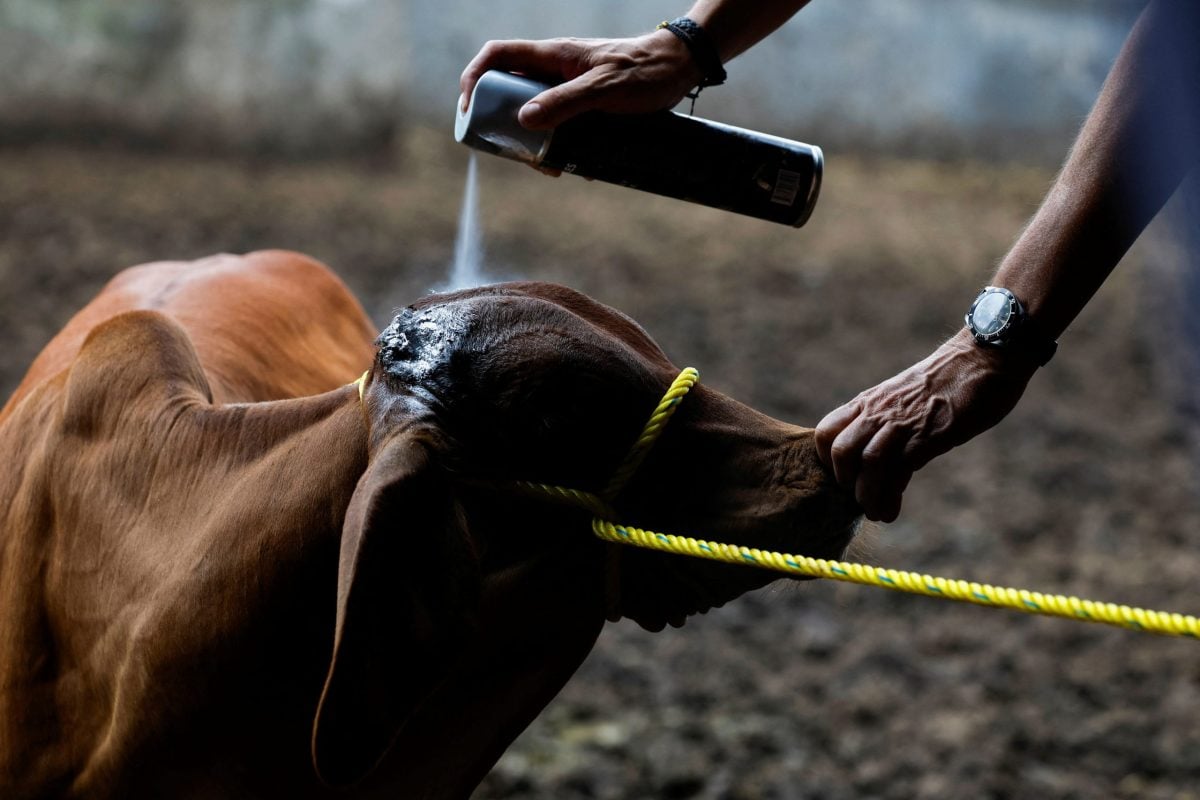
Mexico reports 53 per cent increase in flesh-eating screwworm cases since July
Mexico has recorded 5,086 cases of flesh-eating screwworm in animals as of August 17, a 53 per cent jump from the number of cases reported in July, according to Mexican government data seen by Reuters on Wednesday.
In the bigger picture, the province also pledged Friday that, in consultation with the Ontario Horse Racing Industry Association (OHRIA), it will "integrate horse racing with the provincial gaming strategy to ensure future revenue streams for the industry."
That pledge, which OHRIA hailed as "a major policy change regarding the horseracing and breeding industry," was recommended in October in a report from the province’s Horse Racing Industry Transition Panel.
The panel was set up to explore options in the wake of the province’s March 2012 decision to cancel its Slots at Racetracks Program (SARP) at the end of this month.
SARP, a revenue-sharing agreement set up in 1998 between the provincial Lottery and Gaming Corp. (OLG), racetracks and host municipalities, has allowed government-operated slot machines to be placed at racetrack facilities. The province said in its 2012 budget that SARP has provided $3.7 billion to the industry since 1998, including $345 million in 2011-12.
The province last year decided SARP has prevented OLG from locating gaming sites based on "customer interest" and thus kept OLG from maximizing slots revenue, the panel said. Ending the program is expected to allow OLG to "locate slot facilities more strategically."
Friday’s announcement didn’t say exactly how the province’s racetracks will be brought into OLG’s gaming strategy, but the OHRIA said Friday that the province’s pledge "provides the industry with a chance to work with government to ensure a vibrant horse racing and breeding industry."
"There is still a long road ahead of us," OHRIA president Sue Leslie said in a separate release. "However, we now have the opportunity to plan a more sustainable future for the horseracing and breeding industry, working in partnership with the government instead of competing against the province’s other gaming products."
Leslie also called for such an integration to "begin as soon as possible if we have any chance of future survival for the industry… It is breeding season again and we must instill confidence for breeders and owners by proving that breeding and racing in Ontario is a secure investment."
"Allocation"
The province also said Friday it will continue to complete agreements with interested racetracks in "coming weeks" to provide transition funding for the next three years. An agreement was signed in January with Woodbine Entertainment Group, the operator of the Woodbine and Mohawk tracks and the province’s largest horse racing provider.
OLG has now also reached agreements-in-principle with all 14 race tracks in the province that host slot facilities, the province noted Friday.
The province noted up to $30 million will be available in 2013 for the Horse Improvement Program (HIP) — a group of racing and breeding incentive programs that’s been in place in Ontario since 1974.
The Horse Racing Industry Transition Panel, the Ontario Racing Commission and the breeding industry are now "discussing the allocation of these funds," the province said Friday.
"The panel will work with the sector to help it move toward a sound future," panel member John Snobelen, a former provincial natural resources minister, said in Friday’s release.
HIP, managed by the Ontario Racing Commission and funded by a two per cent levy on wagering (plus another two per cent on triactor wagering), is also meant to supplement purses paid, improve the quality and quantity of racing stock in Ontario, fund equine research, promote "the Ontario-bred horse" and promote horse breeding and ownership in the province.
Related stories:
Top Ont. horseracing tracks take transition funding, Jan. 24, 2013
Ont. horseracing sector will need ‘ongoing’ funds, panel says, Sept. 1, 2012
Ont. to halt horseracing industry’s slots program, March 12, 2012



